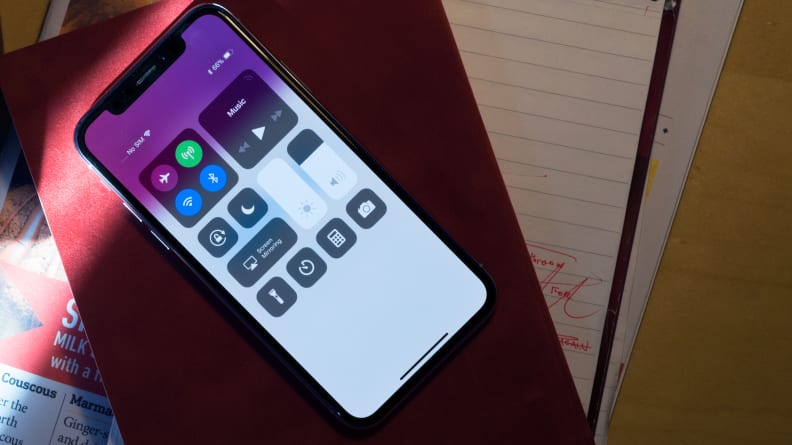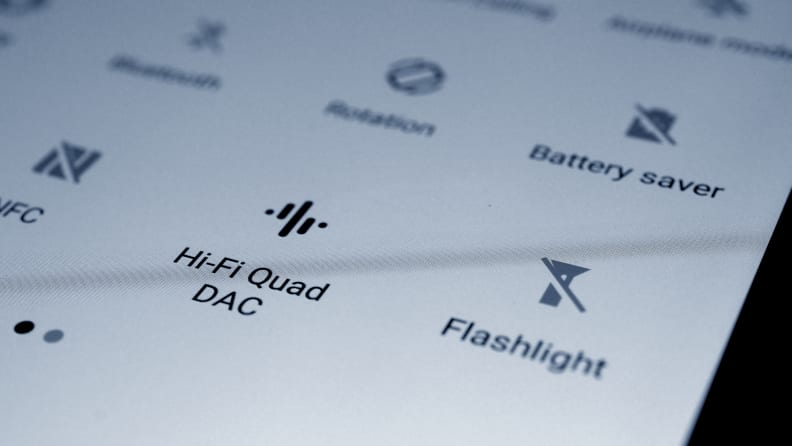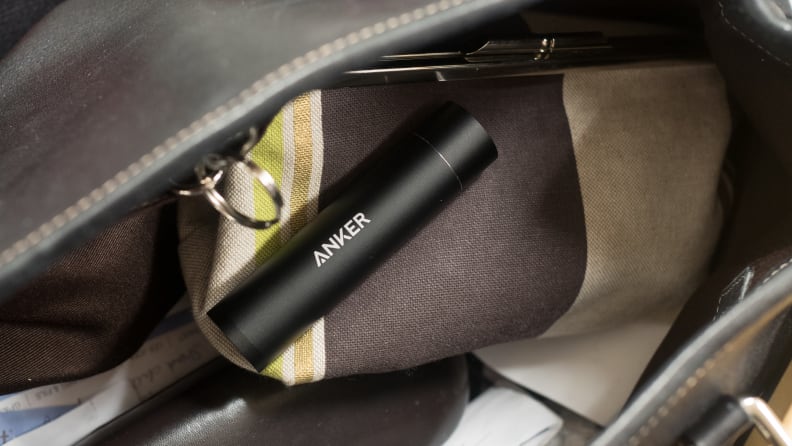5 ways to improve your phone's battery life
Reining in your phone's battery life is easier than you think
Products are chosen independently by our editors. Purchases made through our links may earn us a commission.
Unfortunately, smartphones with removable batteries are an endangered species—the better the technology gets, the more important it becomes to conserve battery life.
And although you can eventually replace an iPhone battery relatively easily, there are things you can do on a day-to-day, even hour-to-hour basis to wring as much juice as possible out of your smartphone's battery.
Here are five basic things to keep in mind.
1. Track battery use and stop the power-hogging apps from running in the background
Buried in the settings menus of iPhones and contemporary Android phones is a tool you really oughta familiarize yourself with if you haven't already.
The battery use tool (typically found in a phone's battery settings submenu) is a way for you to visualize and track how your phone's battery is allocating its resources.
Typically, larger, more work-intensive apps—like web browsers and mobile games—demand more battery power than "slimmer" apps, like the one you use to send text messages. That said, you should also be aware of apps that run in the background regardless of whether or not you're actively engaged with them.
If you're looking for a quick way to free up some resources, turn off background refreshing for apps like Facebook and Twitter in order to stop them from siphoning off your battery's juice.

There's no need to have all of your smartphone's radios enabled at all times.
2. Toggle WiFi, Bluetooth, GPS, and cellular data as needed
Unless you're parked in a place with free and reliable WiFi service, you probably don't need to have your phone's WiFi radio enabled. Similarly, if you're not tethering a Bluetooth-enabled device to your phone, you don't really need to chew into your phone's limited resources by leaving its Bluetooth hardware in use.
If you're taking advantage of a WiFi network and you don't plan on roaming anytime soon, disabling your smartphone's cellular data is an easy way to penny-pinch precious battery power percentage points.
And let's not forget GPS—do you really need to have your phone's GPS switched on if you're not using a location-based service?
Don't keep your phone on autopilot!
3. Keep an eye on your display's brightness
Leaving your phone's brightness settings set to "automatic" might seem like a good way to economize the power consumption of your phone's display, but you're probably better off throttling the brightness manually throughout the day.
There's obviously different schools of thought on this, but in my opinion, even though this feature is theoretically designed to preserve battery, it's not as cut-and-dry as you'd expect. Not every smartphone—from the software to the ambient light sensor—is created equal, and it's not uncommon for a phone to overcompensate for certain lighting conditions, rendering the feature moot.
If you're the type of person who'll fall into the bad habit of keeping your display locked-in at 100% brightness, the auto-brightness feature is a good fit. However, if you're disciplined enough to regulate it on your own, I suggest sticking with that plan.

Almost every phone has some variation of a power-saving mode, but what that entails is different depending on the software.
4. Use your phone's power-saving mode, if possible
Most smartphones come equipped with an "ultra" or "extreme" power-saving mode that keeps your power consumption conservative until the next time you plug your phone in to charge.
What these settings actually do depends on your phone's operating system, but generally speaking, they tend to cut down on superfluous features like key vibration and software animation.
On some phones, however, this feature will limit you to basic functionality, like calls, texts, and web browsing. Before initiating your phone's power-saving mode, be sure to have a handle on what, exactly, it does.

A portable battery pack is worth the piece of mind.
5. If all else fails, get a portable battery pack.
OK, OK—this one's a bit obvious, but I'm going to recommend it anyway.
Once upon a time, I refused to cough up the twenty-or-so bucks needed to buy a reliable portable battery back. I'd gotten so used to a lifestyle of charging my phone at work or at home and just hoping for the best if I found myself stuck on a train with a dwindling battery percentage.
Eventually, I relented, buying one of the devices we recommended in our round-up of the best portable battery packs. Truthfully, I don't use it very often, but whenever my back's against the wall and my iPhone's minutes away from kicking the bucket, its convenience cannot be overstated.
Even relatively low-capacity battery packs (like the ones that can only charge your phone once) are complete game-changers. For less than thirty bucks, the piece of mind is totally worth it.


